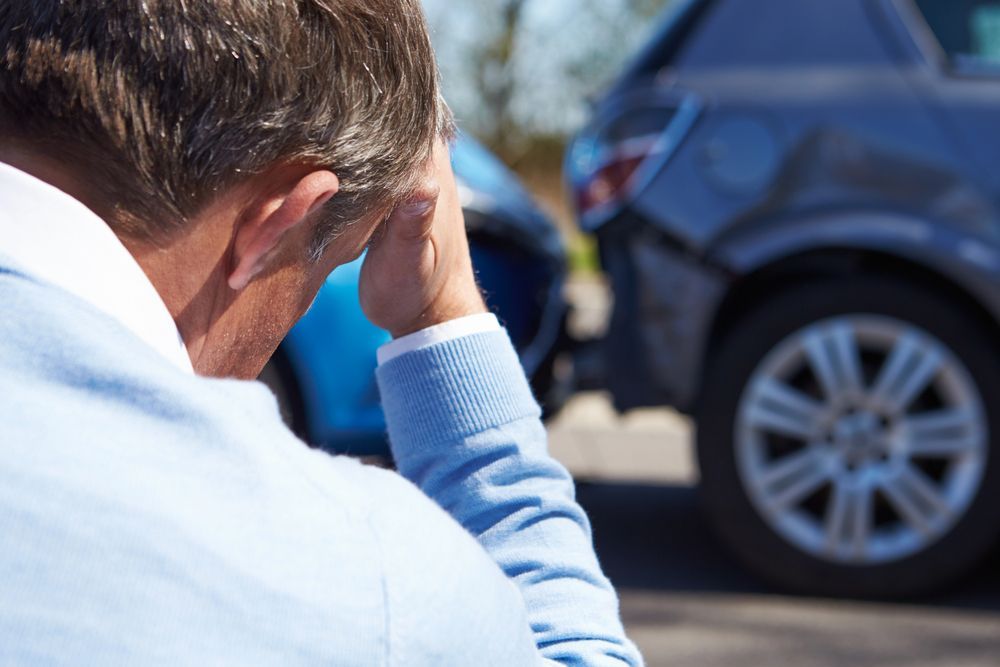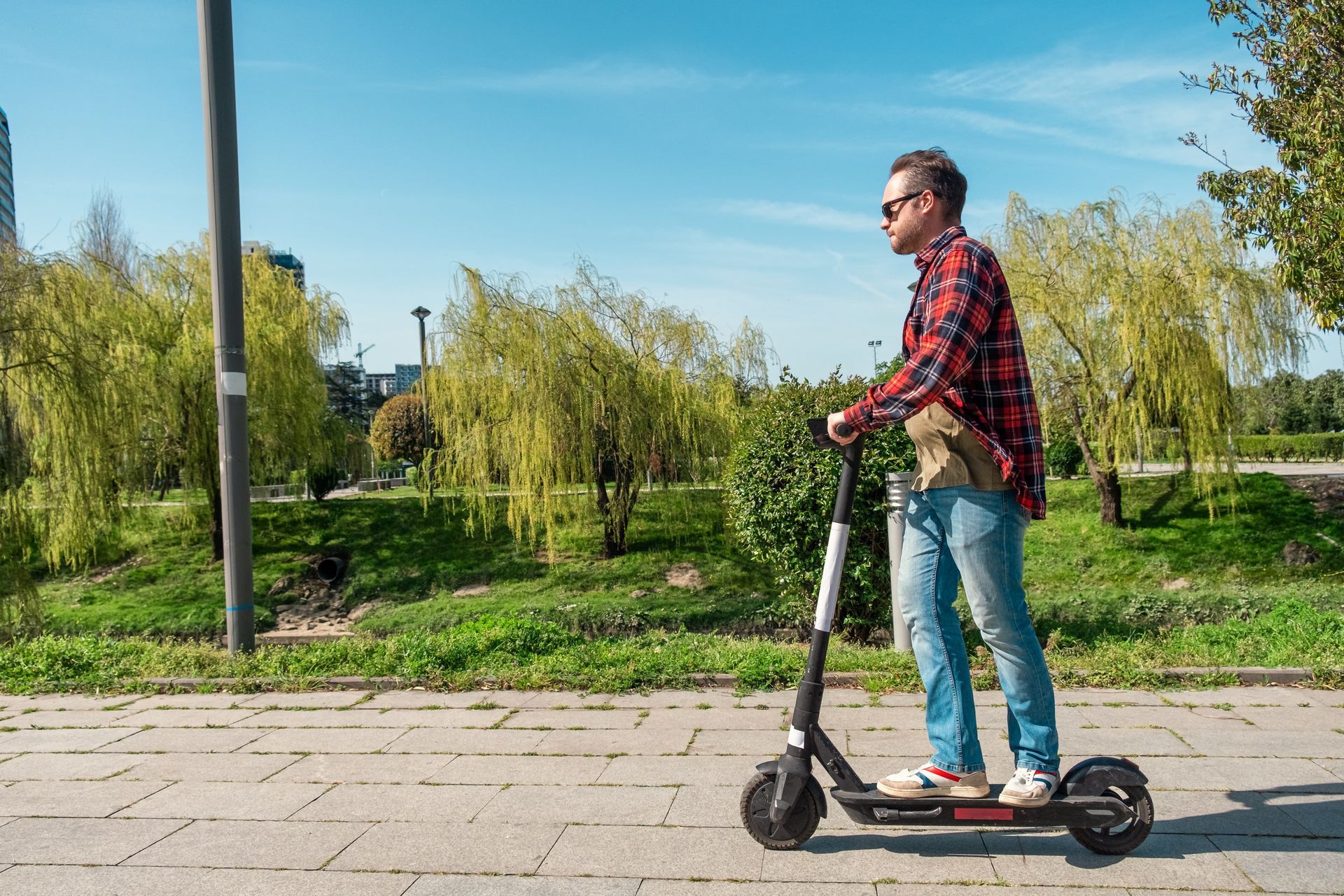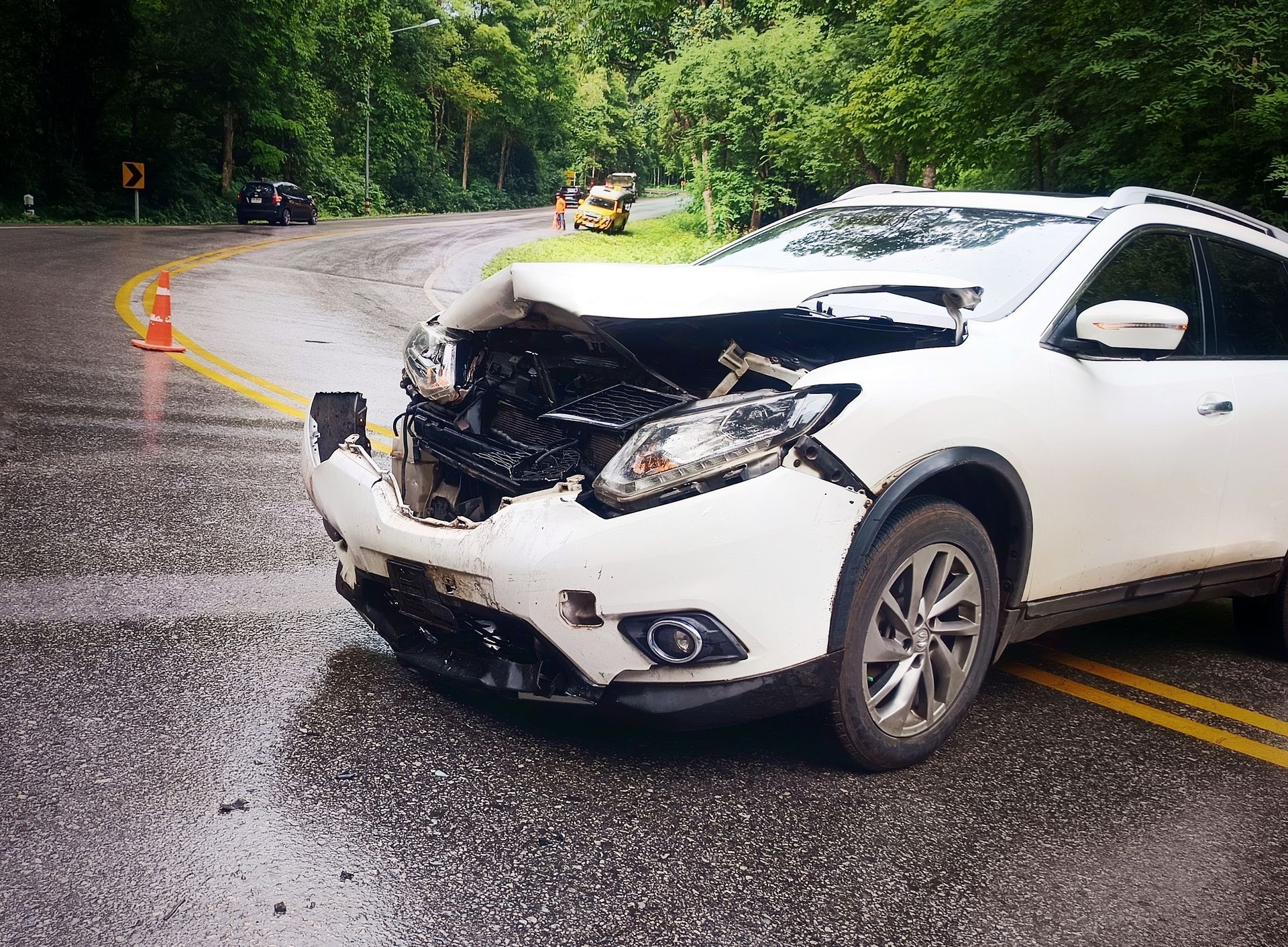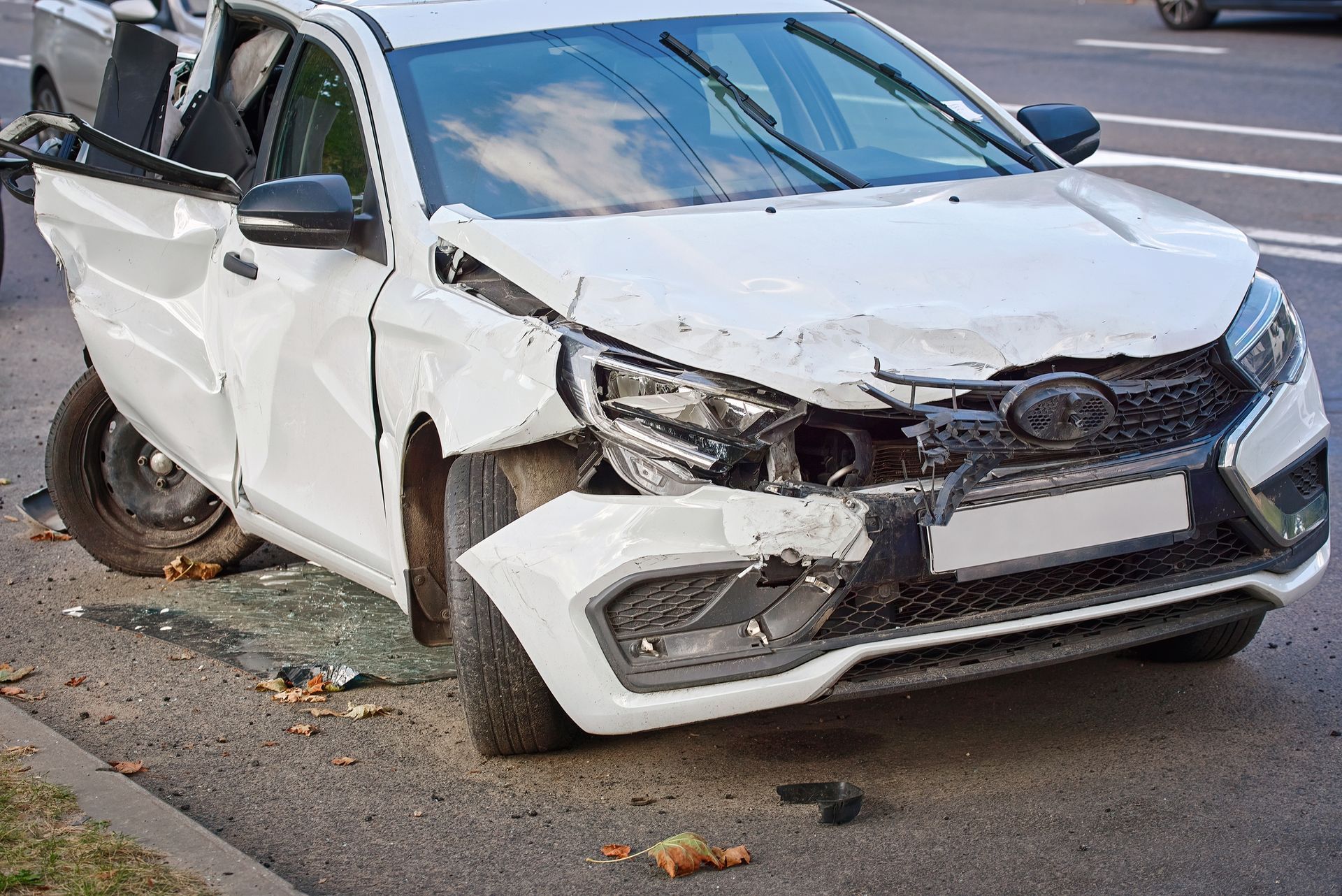Sargon Law Blog
Recent Blog Posts
My Child Was Injured at School by Another Student: What To Know
"My child was injured at school by another student." No parent wants to experience this situation. Not only can it be traumatic for a child, but the issue at hand is complex from a legal standpoint, making it more difficult to seek compensation.
Personal injury claims with adult plaintiffs and defendants are typically straightforward actions. Unfortunately, when both actors are minors, legal doctrine becomes muddled regarding liability. Discover how to pursue compensation after your child suffers an injury at the hands of a peer.
What Do I Need To Know When My Child Was Injured at School by Another Student?
Children spend more waking hours at school and on school grounds than anywhere else. Rightfully, parents expect schools to provide a safe environment, and Arizona state law agrees, issuing regulatory guidance for public institutions.
Despite strict regulations, though, accidents and violence can occur. This does not necessarily mean anyone was at fault. Evidence of an injury is not proof of negligence or liability, and a parent's anger and determination to find a supervising party culpable do not necessarily warrant legal action.
Credible legal action occurs through proof of injury and cause. A parent must prove that, either through intent or neglect, a person or entity is responsible for sustained injuries or damages. In the case of a child injured at school by another student, the frame of evidence depends on the defendant.
If a parent chooses to sue the school, they must prove negligence or wanton disregard for their child's safety. Public schools may receive protection under the doctrine of sovereign immunity, meaning parents cannot sue the school or its employees without a waiver of the principle. Private institutions do not have the same protections.
While suing a public school is challenging, parents can also pursue action against the offending child or their parents. The defendant depends on the age of the minor. Typically, the age of majority is 18, meaning parents are liable for the actions of children 17 and younger.
Specific guidance for a case involving a child injured at school depends on many factors. Still, parents pursuing legal action or assessing their rights must understand the fundamentals of their prospective claim to determine its merit. The points of a claim will identify the injury and its cause, a school's culpability in the incident, and the defendant's responsibility.
Injury and Cause
Even when schools do their best to protect students, injuries can occur. Children may sustain injuries in several ways, including:
- Playground accidents
- Sports-related mishaps
- Facility slip-and-fall injuries
- Bullying and harassment
- Physical abuse
You can frame injuries in two ways: accidents or intentional actions. Accidents are unforeseen events, but many are avoidable. Parents of a child injured in an accident, whether or not another student was involved, can attempt a negligence claim against a school, teacher, or administrator.
Intentional actions or torts mean a child sustained injuries from purposeful, aggressive acts. The defendant meant to do harm. Intentional tort examples include abuse, assault, bullying, or harassment by a peer or school employee.
In a matter of assault, such as a child injured at school by another student, the victim's parents may have grounds to sue the school and the peer's parents for damages. The action against the school or its employees could focus on negligence and failure to provide a safe environment. The lawsuit against the defendant's parents could focus on personal injuries and damages.
It is worth noting that a civil action is not the same as a criminal action. Civil claims do not result in imprisonment or criminal records. A civil action is a private dispute between one or more people, organizations, or businesses. The judgments in civil cases typically include a financial reward or compensation.
Determining the defendant in a civil action involving injuries sustained on school grounds is complex. Parents pursuing restitution should consult an attorney to help clarify the liable parties in the claim. It is likely more challenging to prove school negligence than parental liability, but legal precedence might exist depending on the offense and injury.
School Negligence
Pursuing a lawsuit against a school is no easy feat. Parents must demonstrate how a school is liable for a child injured at school by another student. In typical negligence claims resulting in accidents, parents can point to several causes and examples:
- Broken handrails or staircases
- Defective playground equipment
- Slippery or damaged floors
- Poor lighting
- Trip or safety hazards
When the cause of a child's injuries is intentional and brought about by a peer's actions, negligence is challenging to prove. Often, violent outbursts are reactionary, sudden, and unplanned. Without previous threats or warnings about the assaulting student's conduct, it is hard to lay blame on the school.
Still, Arizona schools are legally obligated to provide a safe environment for students, within reason. If a parent can prove the school employed negligent security or had poorly trained faculty and staff that partially or wholly contributed to the opportunity for violence, they may have a negligence case that supersedes any existing immunity.
For negligence to stick, evidence must exist that the school failed to provide the protections warranted by law. Legal teams can help parents build a case against schools, their faculty, and administrators by discovering and documenting evidence proving a child injured at school by another student was the direct result of negligence.
Evidentiary standards are different in civil proceedings than in criminal proceedings. The standard for civil cases is the preponderance of evidence, which means plaintiffs must show their claim is more than likely true.
School Governance: Public or Private
Sovereign immunity provides sweeping protections for public schools and their employees, including teachers. Parents seeking damages from a school or its employees must show how the entity's or individual's actions or lack of actions contributed to a student's injuries, including bodily harm or property damage.
If a parent and their legal team determine negligence was involved in the incident and warrants legal action, they have a limited window to pursue restitution. While a standard personal injury claim usually offers victims a two-year window from the date of the injury to file a claim, victims have less time when the action is against a public school employee or the entity.
According to Arizona Revised Statutes section 12-821, an individual has one year to file a civil lawsuit against a public employee. Therefore, parents or guardians of a child injured at school have only 12 months from "cause of action" to file a claim against school faculty or employees.
When pursuing a lawsuit against a public school, Arizona Revised Statutes section 12-821.01 reduces the timeline to 180 days. If parents of an injured child wish to hold a public school responsible for negligence, they only have six months to decide.
Such stringent restrictions do not apply to private schools, which receive no immunity protections through federal laws. If a parent wishes to sue a private school or its staff for negligence, they should receive the typical two-year window to file a claim.
Parents of a child injured by another student should seek legal counsel, especially when pursuing negligence claims. Negligence laws are complex and only become more challenging when involving public or private schools. The burden of proof is on the parents, not the school.
Child Versus Parental Liability
Arizona has statutes allowing minors aged 15 to 17 to be criminally prosecuted as adults. However, these rules do not pertain to civil claims. An adult cannot sue a minor.
While a minor may be a named defendant, the actual lawsuit is against the parents or guardians of the defendant. Arizona Revised Statutes section 12-661 states parental liability plainly. According to section 12-661, parents can be held liable when their underage child” a minor aged 17 or younger” causes property damage or physical harm through willful or deliberate behavior.
Also, Arizona's parental responsibility act defines culpability as strict liability. A parent or guardian's awareness or suspicion of a minor's misbehavior makes no difference in proving liability. Under the law, parents or guardians are jointly and severally accountable for actual damages.
Actual damages in a case involving a child injured at school by another student refer to measurable economic losses. The defendant's parents cannot be held responsible for non-economic or intangible losses, such as pain and suffering. While non-economic damages exist, section 12-661 of Arizona's parental liability statutes prohibits such actions.
Parents of the injured student can sue and recover losses for tangible damages, including medical expenses and lost wages. They can also seek restitution for damaged property and goods.
Beyond parental responsibility laws, parents may still be held liable for a minor's acts under Arizona common law. Under the law, parents maintain an obligation to protect their children from inflicting injury. Prior knowledge of a minor's reckless and careless behavior means the parent or guardian has a legal responsibility to take reasonable and precautionary action to prevent foreseeable injuries to others. Failure to take appropriate action equates to negligence, which is grounds for a lawsuit.
Necessity of Legal Action
People often say, "Kids will be kids," implying some behaviors are acceptable and expected in childhood. To some extent, the sentiment may be true. Still, even young children should know that violence is never acceptable, especially to the extent of causing physical injury.
No one is saying children who get into physical altercations, even those resulting in a child injured at school, belong in jail. A child is not developmentally responsible enough to understand the consequences of their actions, which is why criminal law protects minors to an extent. However, egregious and targeted violence differs from a schoolyard tussle, and juvenile courts can determine the punishment for such actions.
Civil law is about financial restitution for damages and injuries. Parents of an injured child, a victim of violence, do not deserve to foot the bill for medical costs and recovery. Their child is innocent and deserves compensation.
Still, lawsuits cost money. While personal injury attorneys typically work through contingency agreements, court filings, attorney fees, and trials are expensive, eating into any potential award. Parents of injured children must weigh the pros and cons of a trial to determine if it is the right course of action.
The deciding factor for most parents is the extent of negligence that played a role in the incident and the level of violence and injury the assaulting party caused. Sometimes a lawsuit is about more than damages.
Legal Guidance
A child injured at school by another student raises many legal concerns, ones most parents are not qualified to answer. A local and experienced law firm can help families navigate Arizona law to determine liability and damages.
Your attorney can investigate the incident learning how it transpired. The narrative can help shed light on possible negligence issues and guide the search for evidence.
Witness testimony, video evidence, and documentation can all point to culpable parties, including school employees. That said, proof is not always forthcoming. Parents must be willing to accept that some cases will not meet the burden of proof required.
By examining the available evidence, attorneys can provide an accurate representation of a client's chances in court. They can help parents decide if a lawsuit is in the best interest of their child and their financial situation. While it is often difficult to let go of a grievance, sometimes there is no viable legal recourse.
Where Can I Get Legal Help After My Child Was Injured at School by Another Student?
It's only natural for parents to seek restitution to right a wrong experienced by their child. While understanding this, attorneys also know that civil actions involving minors on school grounds are complex and challenging.
A child injured at school by another student deserves justice; however, parents must understand that justice from a civil law perspective may differ from personal expectations. Contact Sargon Law Group to schedule a free consultation to discuss your child's injuries and damages. Our team of personal injury attorneys in Phoenix can help you determine if a civil action is the best course of action and whether it should be against the school, the parents of the aggressor, or both.





